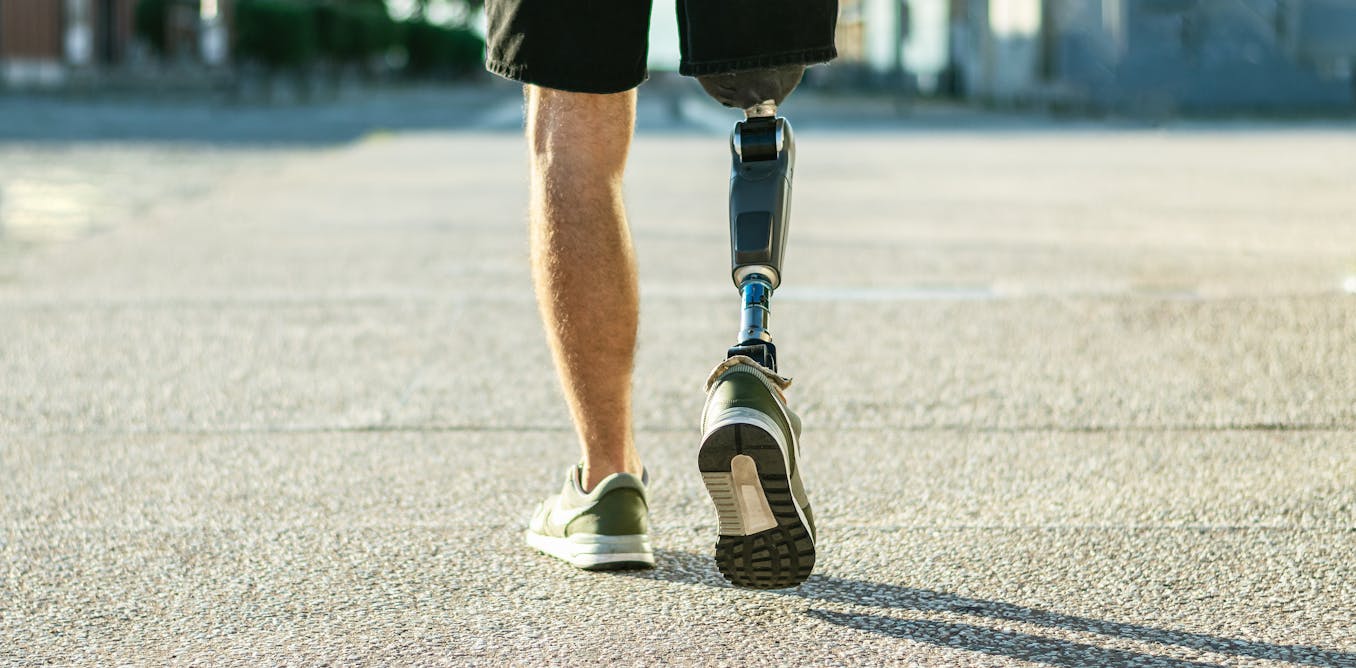Stable cortical body maps before and after arm amputation
The adult brain’s capacity for cortical reorganization remains debated. Using longitudinal neuroimaging in three adults, followed before and up to 5 years after arm amputation, we compared cortical activity elicited by movement of the hand (before amputation) versus phantom hand (after amputation) and lips (before and after amputation). We observed stable cortical representations of both hand and lips in primary sensorimotor regions. By directly quantifying activity changes across amputation, we demonstrate that amputation does not trigger large-scale cortical reorganization.
Web | PDF | Nature Neuroscience | Open Access
Schone, Hunter R; Maimon-Mor, Roni O; Kollamkulam, Mathew; Szymanska, Malgorzata A; Gerrand, Craig; Woollard, Alexander; Kang, Norbert V; Baker, Chris I; Makin, Tamar R
The adult brain’s capacity for cortical reorganization remains debated. Using longitudinal neuroimaging in three adults, followed before and up to 5 years after arm amputation, we compared cortical activity elicited by movement of the hand (before amputation) versus phantom hand (after amputation) and lips (before and after amputation). We observed stable cortical representations of both hand and lips in primary sensorimotor regions. By directly quantifying activity changes across amputation, we demonstrate that amputation does not trigger large-scale cortical reorganization.
Web | PDF | Nature Neuroscience | Open Access



